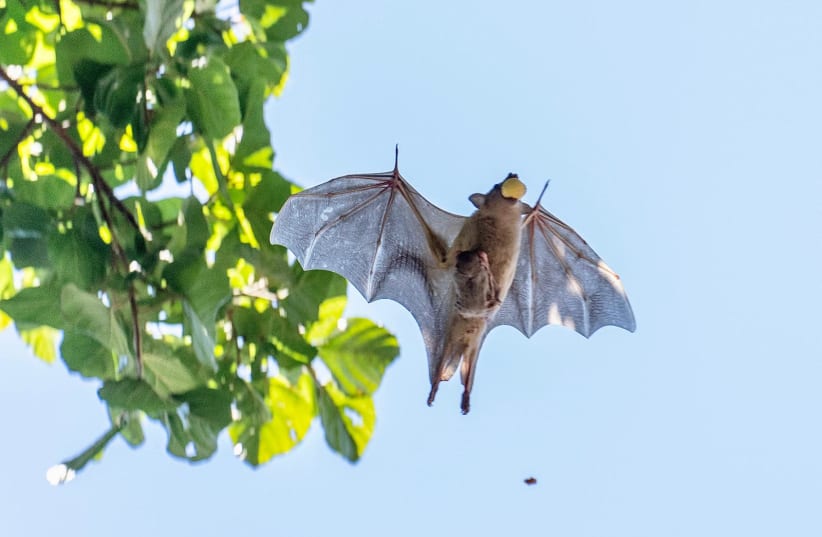A University of Glasgow study developed machine learning models that could potentially identify animal viruses capable of infecting humans and classify how much of a risk they pose to humans by analyzing the genomes of viruses.
The model outperformed models based on phylogenetic relatedness of specific viruses to other viruses known to infect humans according to the study, published in the peer-reviewed PLOS Biology. The model could have predicted SARS-CoV-2 as a high-risk coronavirus strain, said researchers.
Analyses of the model show that there could be generalizable features of viral genomes that may make viruses preadapt to infect humans. These features are independent of the virus taxonomic relationships.
Currently, it is difficult to determine which animal viruses could have the potential to infect humans at the time of their discovery, according to the study. Genome-based zoonotic risk assessment could offer a rapid and low-cost way to enable virus surveillance, the study found.
“These findings add a crucial piece to the already surprising amount of information that we can extract from the genetic sequence of viruses using AI techniques,” one of the researchers told EurekAlert.
"A genomic sequence is typically the first, and often only, information we have on newly-discovered viruses, and the more information we can extract from it, the sooner we might identify the virus’ origins and the zoonotic risk it may pose.
"As more viruses are characterized, the more effective our machine learning models will become at identifying the rare viruses that ought to be closely monitored and prioritized for preemptive vaccine development.”
Most emerging infections diseases are caused by viruses originating from other animal species, according to EurekAlert. But only a small minority of animal viruses are able to infect humans, making a tool to identify these useful.

